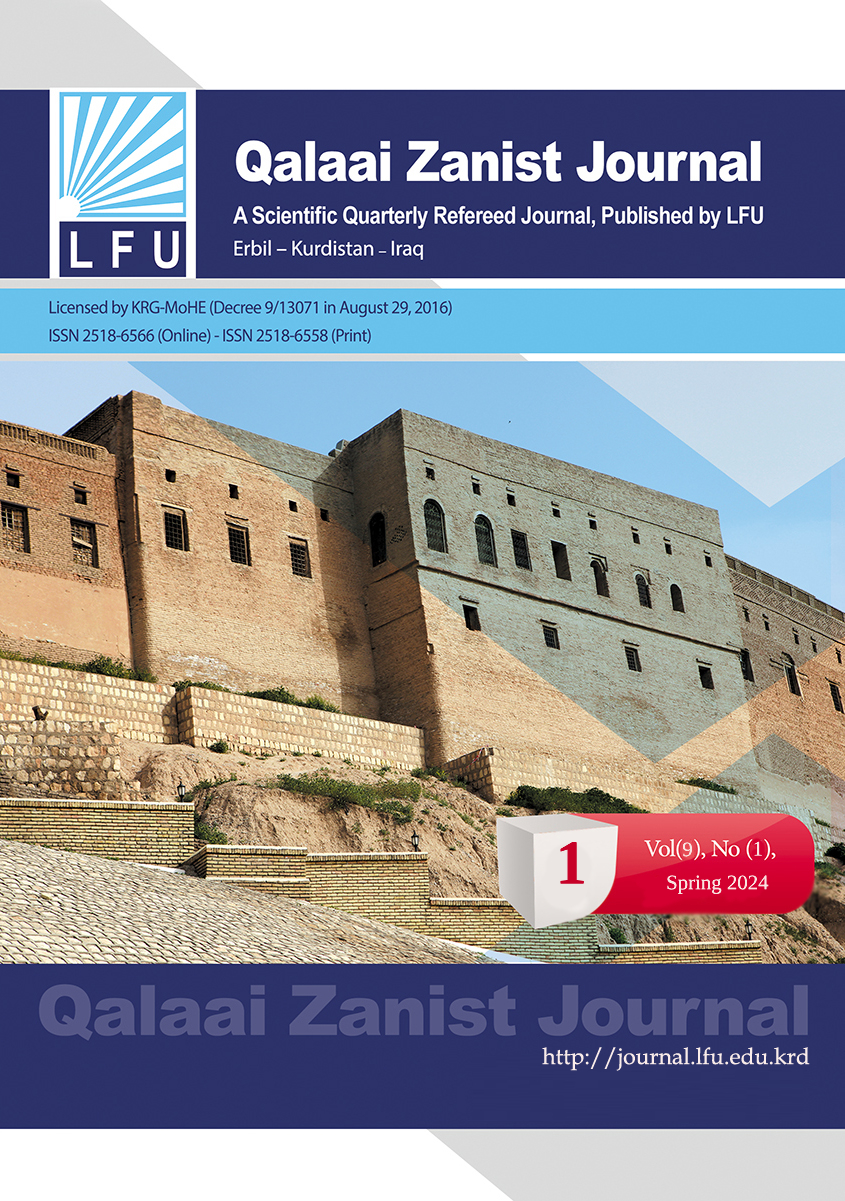The Music Homophony in Kurdish Composed Songs
##plugins.themes.bootstrap3.article.main##
الملخص
It is a qualitative study, based on descriptive and analytical method. The homophonic process is discussed to work on matching the melody in the construction of Kurdish songs in southern Kurdistan. The process includes two elements, melody and musical accompaniment. In this study, a musical analysis is conducted for the units and components of the research sample, and then the results are presented. During this study many models of previously popular usage methods are discussed, besides revealing many new techniques to enrich this process in Kurdish music, as recommendations by the researchers to stakeholders.
التنزيلات
##plugins.themes.bootstrap3.article.details##
كيفية الاقتباس
الحقوق الفكرية (c) 2024 Sarmand Fuad Mohammed، Muhammad Azeez zaza، Dlawer Mustafa Muhammad

هذا العمل مرخص بموجب Creative Commons Attribution 4.0 International License.

